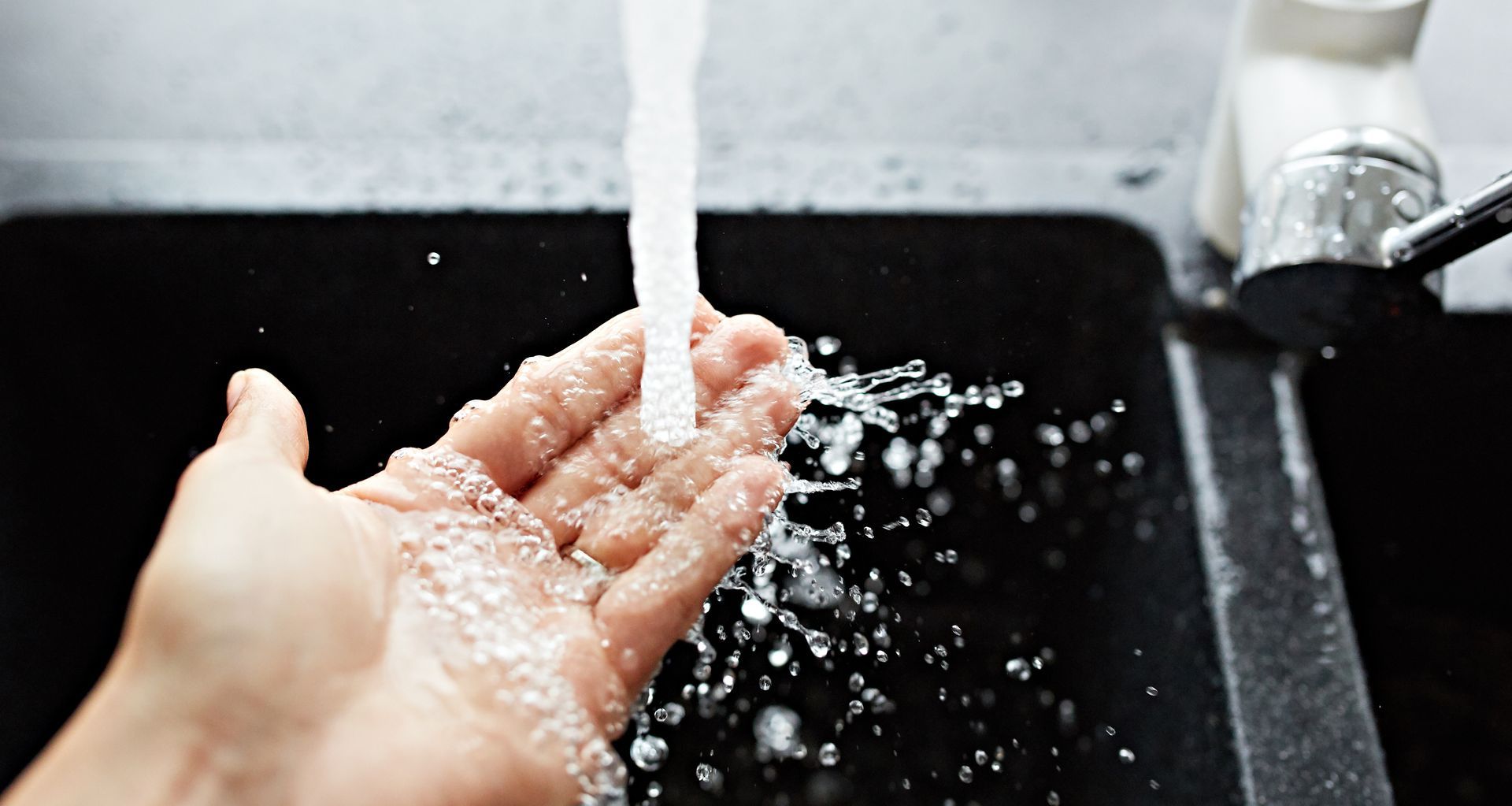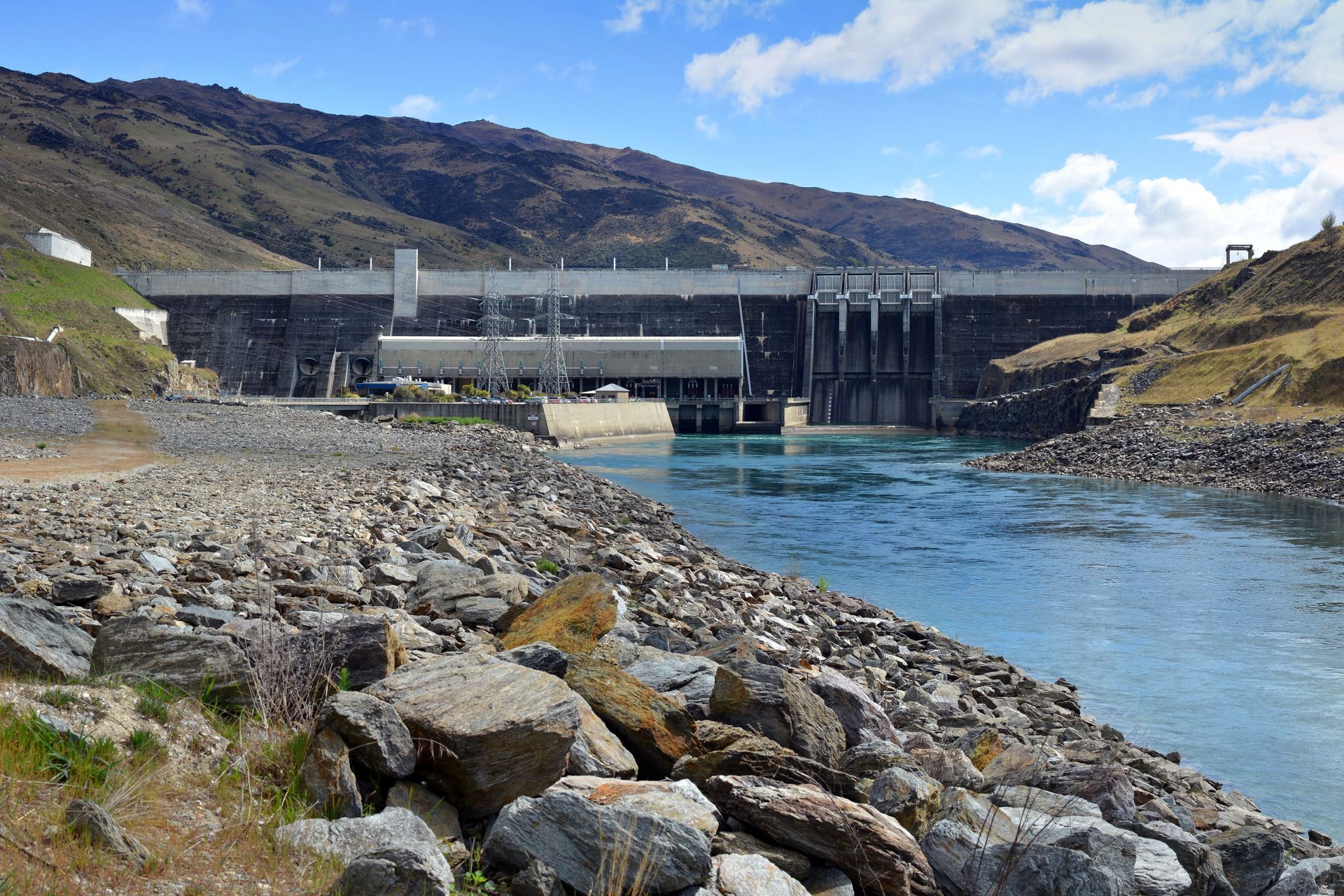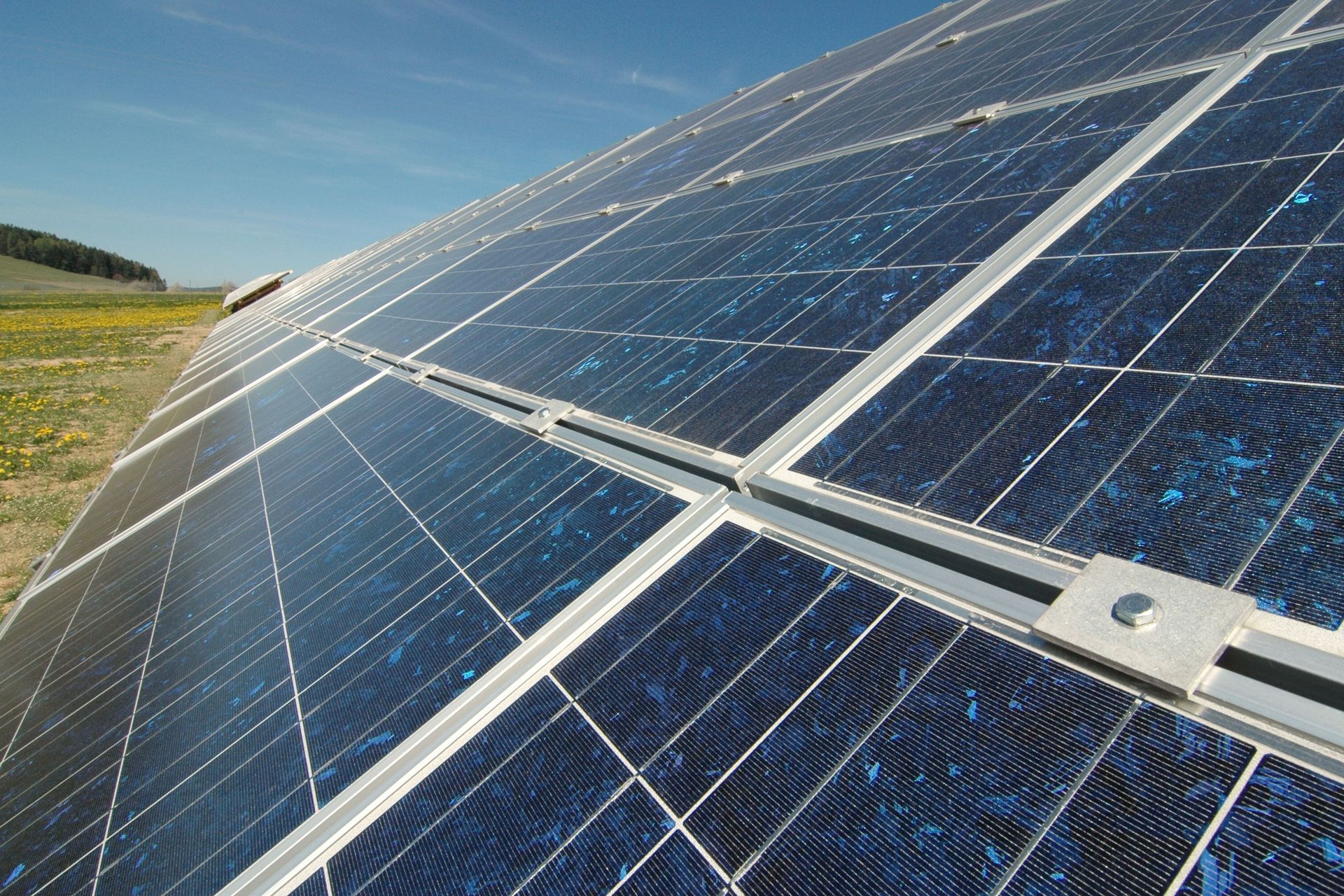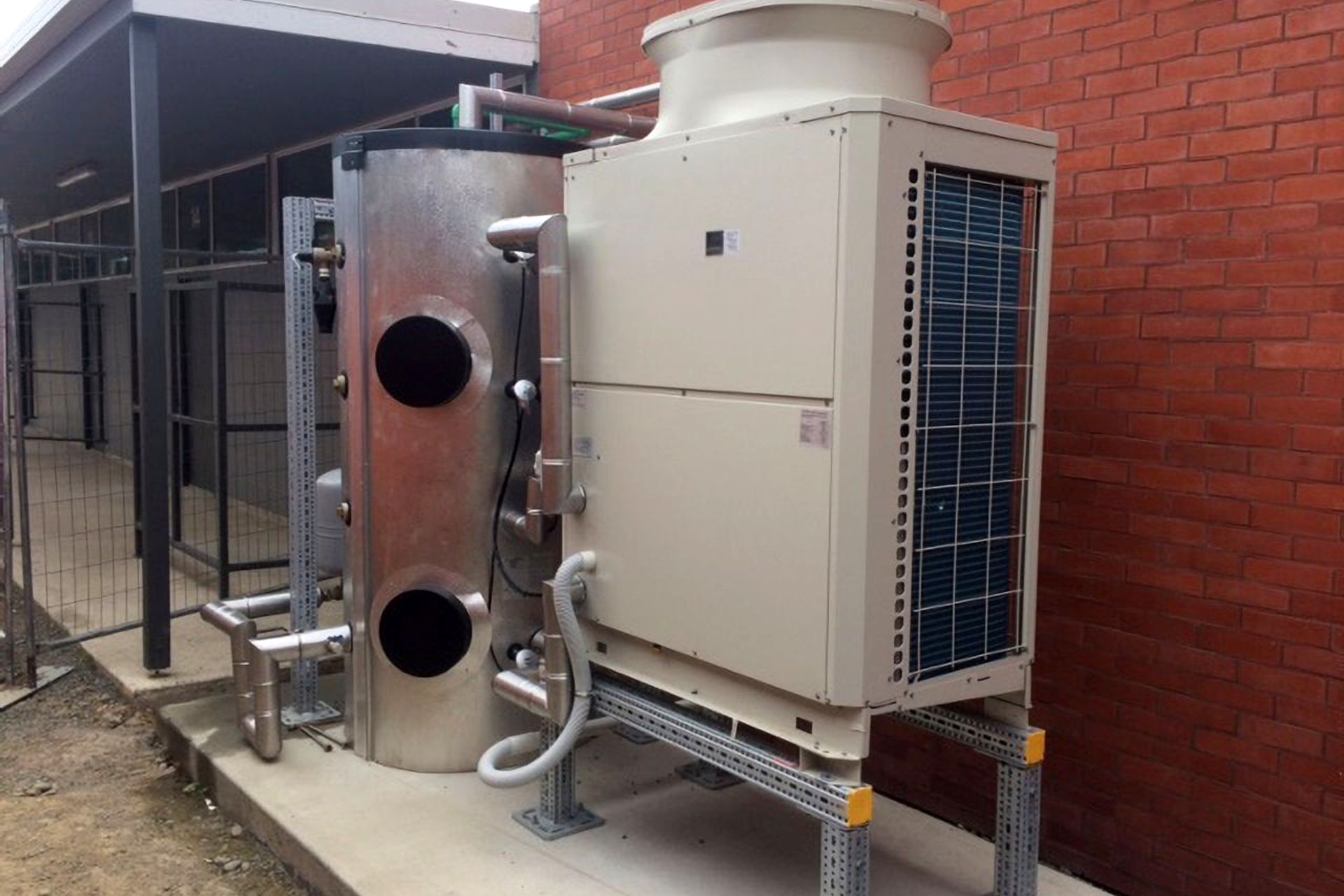The future of how we will heat water
Written by
12 November 2021
•
7 min read

Many have already seen the writing on the wall. Despite soothing noises from several gas industry suppliers, there is huge uncertainty that gas—traditionally the go-to for heating hot water—is going to play any significant part in future water-heating solutions, especially in larger scale commercial buildings. A few quick checks will tell you that New Zealand as a whole consumes about two Petajoules of gas per annum, and our current gas stocks total around 20 Petajoules. Mitsubishi Electric's Senior Design Engineer John Greaves argues that unless we find new gas supplies (which are currently off limits) then New Zealand will run out of gas in around 10 years. He says burning fossil fuels for heating has become an unpalatable option for many building owners and occupiers.
"There is now a strong groundswell for more environmentally friendly, future-proofed solutions, and this particularly applies to hot water as it essentially affects every building."
John says we need a new answer for hot water and there are a plethora of options, each with their own pitfalls and advantages. So we investigated each type to better understand their limitations.

Direct electric: do we go back to the future?
Outside of gas, the hot water solution used most historically has been electric, or more precisely, electric immersion resistance heating. This solution was commonly installed in houses for many years prior to the rise and rise of instantaneous gas hot water.
"While electric immersion is well proven, it should really only be considered for small-scale hot water, and even then there are probably better solutions available. Electric immersion hot water is very energy hungry, and so will always require substantial electrical infrastructure to support it.
"New or retrofit electric water-heating will almost always require mains upgrades, which may not only involve local rewiring, it may also trigger upgrades to street cables and transformers, which is expensive."
And that’s if you can get them—there are many anecdotal stories floating around of commercial sites in cities having restrictions placed on them by electricity infrastructure providers. John says there simply isn’t enough power supply around to waste it like this.
"From a carbon footprint point of view this option is poor. It doesn’t tick boxes for any building owner or tenant looking to do the right thing. So, in the vast majority of cases this means a direct electric water heating solution is dead in the water, pardon the pun."

Solar is green—but is it New Zealand’s alternative to gas?
Solar hot water is a solution that’s been around for quite a while and due to current pressures is seeing a bit of resurgence. There is no doubt that this is a very green solution—what could be better than harvesting free sunlight? But John sounds warning: "The fact that solar has been around for a while yet has never really established itself as a mainstream solution should be a warning to you. Like direct electric, solar can throw some rather large spanners in the works."
For a start, the main and obvious one is that solar really only works well with a lot of sunlight. "On less sunny days, which occur mostly in winter when more hot water is needed, or with building structure or orientation not optimal, solar hot water generation is compromised. This usually forces the need for a backup hot water system to deal with these suboptimal situations, which logically leads to the question of: why not just have a more reliable hot water solution to start with?"
Additionally, with solar, a lot of roof real estate is needed, "the aesthetics of which aren’t often palatable to the stakeholders. The CAPEX cost is substantial in most cases, and the performance of solar deteriorates very quickly if very regular maintenance and optimisation isn’t done. Solar simply doesn’t stack up in commercial settings, where reliability is important and roof space, relative to gross floor area, may be low."
"This means that on the surface of it solar can look pretty good, but in reality usually doesn’t live up to the hype and promises."

Hot water heat pumps—on balance a great option
There are plenty of other fringe solutions available for hot water production, but the only other mainstream option is hot water heat pumps.
Heat pumps for comfort, either in a residential or commercial setting, are very well accepted in New Zealand. But the use of hot water heat pumps here is well behind other more advanced markets such as Europe and the UK—where their use is widespread. Based on worldwide evidence we can expect hot water heat pumps to become more in demand in the future, says John. "There is good reason for this, because like their comfort-based cousins, hot water heat pumps are extremely efficient and out-perform all other hot water-heating solutions. Hot water heat pumps commonly generate hot water at over 3:1 efficiency, and will do so very reliably almost irrespective of the outdoor elements."
Excitingly, from an environmental perspective, there are now some hot water heat pumps on the market that use CO2 as their refrigerant, such as Mitsubishi Electric’s QAHV CO2 Hot Water Heat Pump. CO2 refrigerant does not harm the ozone layer and has the lowest possible index number for global warming potential of any refrigerant currently in use in any heat pump system. So they’re both a super-efficient and green option, which will please many building owners and tenants. "In all likelihood these are the way of the future," says John.

A solution for commercial hot water
Designed to produce high temperature potable hot water up to 90°C, each Mitsubishi Electric modular 40kW capacity QAHV CO2 Hot Water Heat Pump ensures highly reliable performance as well as high heating capacity, even at low outdoor temperatures. Multiple units can be combined to deliver up to 640kW of high temperature hot water.
The QAHV CO2 Hot Water Heat Pump is a high temperature lift machine (works best with a large difference between inlet and outlet water) that delivers 10l/min or more of full temperature usable hot water in real time. This directly reduces the amount of storage required to meet the peak demands, and gives quicker recovery.
QAHV units are well suited to New Zealand, with the ability to provide their full heating capacity down to -3°C, still producing 90°C hot water in temperatures as low as -25°C. So for areas in New Zealand where winter brings sub-zero temperatures, those with a QAHV Hot Water Heat Pump can rest assured their water is still going to be hot.
As a result, the QAHV has already been installed in universities, accommodation facilities, hospitals, gyms, and swimming pools, as well as industrial processing facilities throughout New Zealand.
Application is the key
Often overlooked but critical to success with all heat pumps, is that they need to be correctly applied—and hot water heats pumps are no different. Get this wrong and it doesn’t matter how good the heat pump is, it won’t be able to work well, says John. "So the risk, if you don’t stick to a reputable heat pump brand supplied by a company who can provide good design advice and back-up support for their hot water heat pumps, is that it could all very easily end in tears."
Mitsubishi Electric have a team of professional and experienced engineers with expertise in hot water design to ensure quality outcomes. Get in touch with the team to discuss your upcoming project through their website.